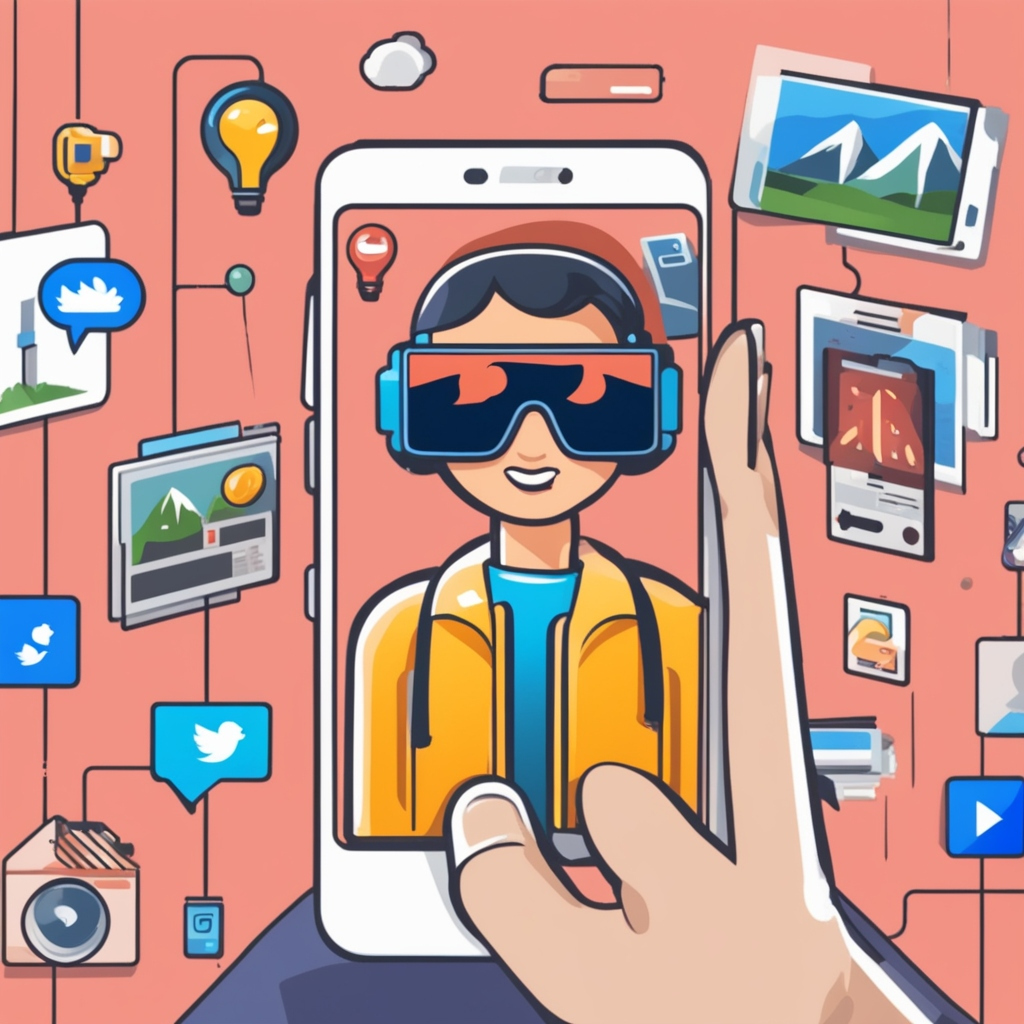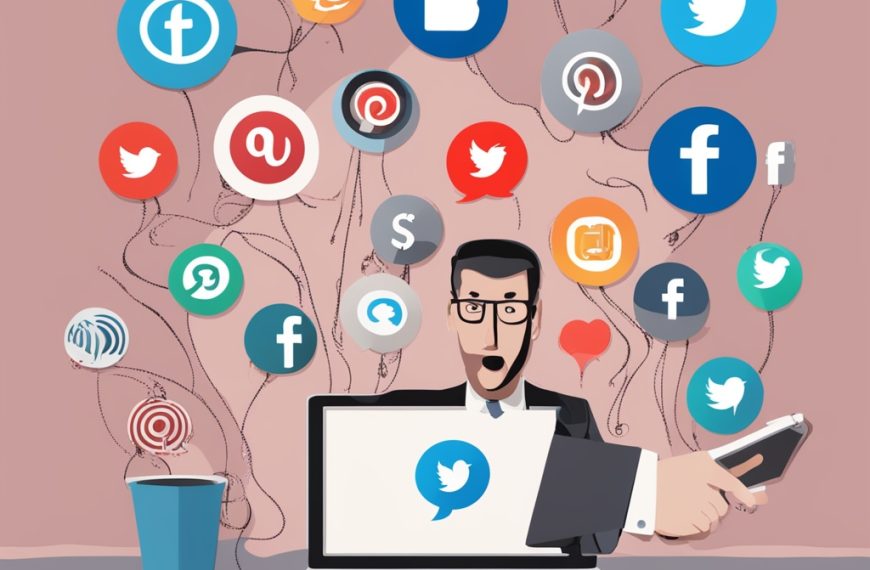Augmented Reality (AR) is transforming the way brands interact with their audiences on social media. By overlaying digital elements onto the real world, AR creates immersive and interactive experiences that enhance engagement and brand awareness. With major platforms like Instagram, Snapchat, and Facebook integrating AR features, businesses can leverage this technology to create compelling social media campaigns. This article explores how AR can be effectively used in social media marketing and the benefits it offers to brands.
Understanding AR in Social Media
Augmented Reality in social media refers to digital enhancements that users can interact with through their smartphones or smart glasses. This includes face filters, 3D objects, interactive advertisements, and virtual try-ons. Social media platforms have developed AR tools to allow brands to create custom effects and experiences that users can engage with.
Benefits of Using AR in Social Media Campaigns
1. Enhanced User Engagement
AR offers a highly interactive experience that encourages users to engage with branded content, increasing time spent on the campaign and boosting engagement rates.
2. Increased Brand Awareness
Since AR effects are shareable, users who interact with them are likely to spread the experience to their followers, expanding brand reach organically.
3. Improved Customer Experience
AR can provide users with an immersive brand experience, allowing them to visualize products before purchasing, thus enhancing their decision-making process.
4. Higher Conversion Rates
With features like virtual try-ons and interactive product demos, AR can lead to increased sales by reducing uncertainty and encouraging confident purchasing decisions.
5. Differentiation from Competitors
Utilizing AR sets a brand apart by providing innovative and engaging content that makes it stand out in a crowded digital space.
How to Use AR in Social Media Campaigns
1. Create Branded AR Filters and Effects
Platforms like Instagram and Snapchat offer tools for businesses to create custom AR filters. These filters can be designed to align with brand identity and encourage user-generated content.
Example:
A beauty brand can develop an AR filter that allows users to try on different shades of lipstick virtually before making a purchase.
2. Use AR for Virtual Product Try-Ons
E-commerce brands can use AR to let customers see how products will look on them. This is particularly useful for fashion, eyewear, and makeup brands.
Example:
Ray-Ban and Warby Parker allow customers to try on glasses through AR before buying.
3. Interactive AR Ads
AR can make advertisements more engaging by allowing users to interact with them rather than passively viewing them.
Example:
A furniture company can use AR to enable customers to visualize how a couch would look in their living room before purchasing.
4. AR Gamification
Adding game-like elements to AR experiences can boost user engagement and participation in brand campaigns.
Example:
Burger King’s “Burn That Ad” campaign used AR to let users point their phones at competitors’ ads and “burn” them digitally to earn discounts.
5. Location-Based AR Experiences
Brands can leverage location-based AR to create immersive experiences for users at specific locations, enhancing in-store or event engagement.
Example:
Pokemon Go’s success showed how AR can be used to create real-world interactions, leading to increased foot traffic for businesses.
6. Live AR Experiences for Events and Product Launches
Live AR filters and effects can be integrated into product launches and virtual events to make them more engaging for audiences.
Example:
A car brand launching a new model can use AR to let users explore a 3D version of the car from their smartphones.
7. User-Generated Content (UGC) with AR
Encouraging users to create and share content using AR filters helps in building brand advocacy and organic reach.
Example:
Brands like Coca-Cola and Adidas have launched interactive AR campaigns that users can engage with and share on their feeds.
Best Practices for AR in Social Media Marketing
- Ensure Accessibility: Make AR experiences easy to use across different devices and platforms.
- Keep It Brand-Relevant: The AR feature should align with your brand’s identity and marketing goals.
- Encourage Sharing: Design AR content that users would want to share, helping to amplify reach.
- Analyze Performance: Track user engagement and feedback to optimize future AR campaigns.
- Stay Updated with Trends: The AR landscape evolves rapidly, so keep up with emerging technologies to stay ahead of competitors.
Augmented Reality is revolutionizing social media marketing by offering brands innovative ways to engage their audience. From virtual try-ons to interactive ads and gamified experiences, AR enhances brand visibility, customer experience, and conversion rates. By integrating AR into social media strategies, businesses can create memorable campaigns that drive engagement and sales. As AR technology continues to evolve, its role in social media marketing will only become more significant, making it a valuable tool for forward-thinking brands.




